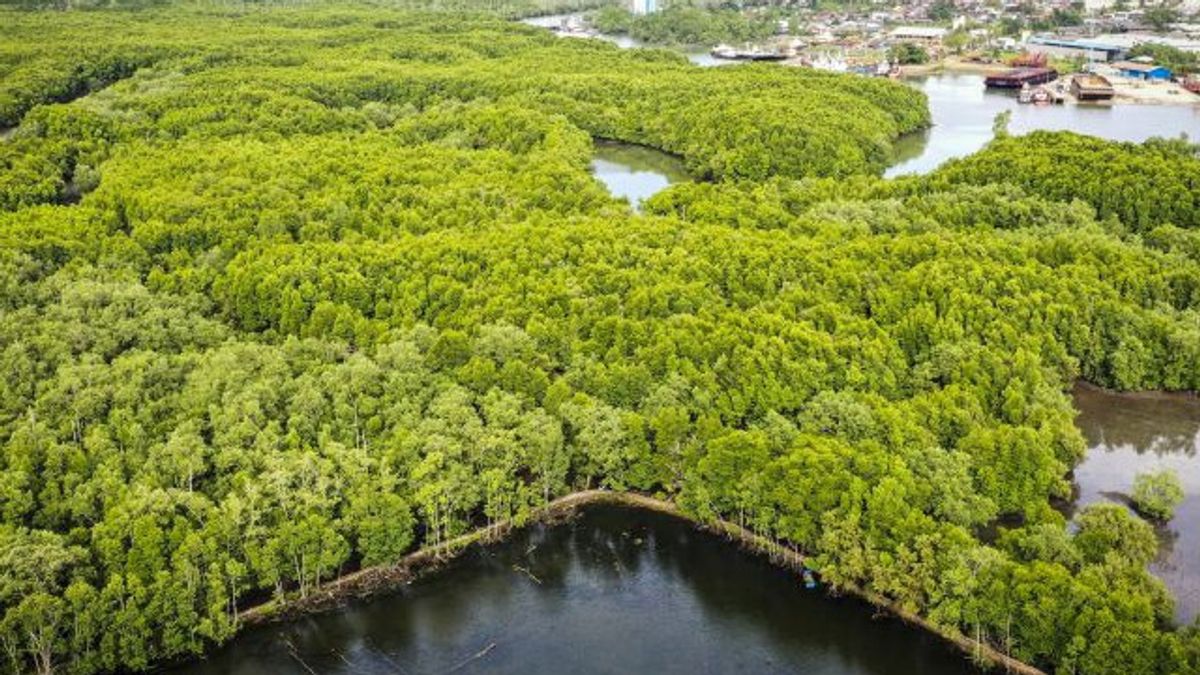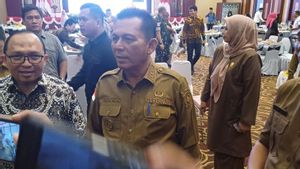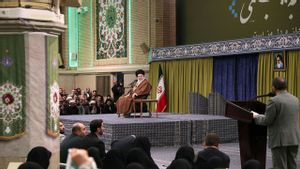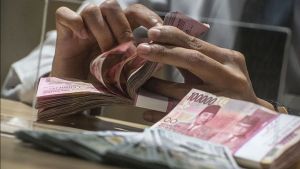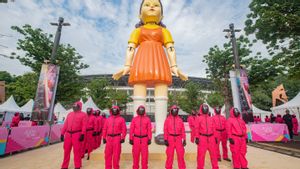JAKARTA - Healthy mangrove conditions do not only provide coastal protection services. However, it can play a role in maintaining the sustainability of food sources for the local community.
"Protein consumption from seafood, such as fish, shrimp, and crabs is closely related to the existence of mangrove forests as a place for marine biocomers," said Director General of Lestari Forest Management of the Ministry of Environment and Forestry (KLHK) Agus Justianto in a statement quoted in Jakarta, Tuesday, October 11.
In coastal ecosystems, mangroves act as manufacturers favored by small fish, shells, and crabs. Many animals depend on life by eating parts of mangrove plants for survival.
The existence of healthy mangroves is a blessing for coastal communities because they can harvest fish, shells, and crabs. When bad weather makes them unable to go to sea, mangrove forests are suggestions for realizing food security.
In addition to providing protein sources, mangroves can also meet the needs of vitamins and minerals through various processed mangrove products that can be used as camouflage, dodol, chips, coffee, to skin care products.
"Mangrove protection and restoration not only increases the availability of fishery resources, but also improves the quality of coastal waters, and increases the availability of alternative livelihood sources, such as ecotourism that can improve people's welfare," Agus said as quoted by Antara.
Based on data from One Map Mangrove Indonesia which is used as a work base for the Indonesian government, mangrove areas in Indonesia cover an area of 3.3 million hectares. This fact makes Indonesia the country with the largest mangrove ecosystem in the world.
The mangrove forest area owned by Indonesia is 20 percent of the world's total mangrove area which reaches 16.53 million hectares.
The government is committed to restoring and protecting mangroves along the coast of Indonesia. Through the Peat and Mangrove Restoration Agency (BRGM), the government targets for mangrove rehabilitation with an extensive target of 600 thousand hectares listed in the 2020-2024 Medium-Term Development Plan (RPJM).
Nine provinces are included in the rehabilitation program, namely North Sumatra, Bangka Belitung, Riau, Riau Islands, West Kalimantan, East Kalimantan, North Kalimantan, Papua and West Papua.
The English, Chinese, Japanese, Arabic, and French versions are automatically generated by the AI. So there may still be inaccuracies in translating, please always see Indonesian as our main language. (system supported by DigitalSiber.id)
